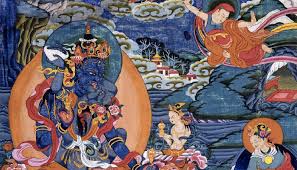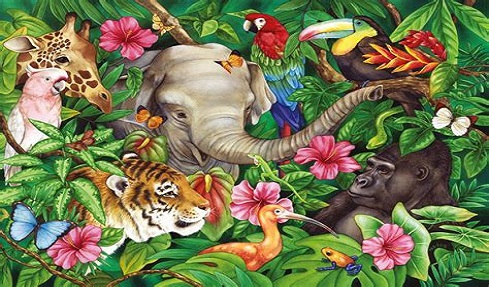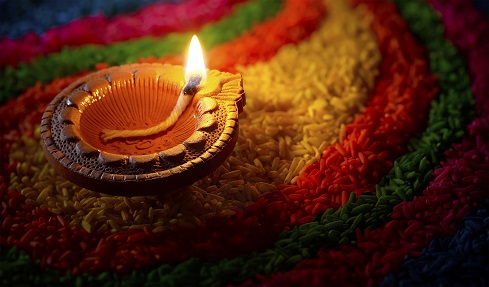By knowing what death really is, we will surely gain a new understanding toward life, and death in particular. At the least we know that death is neither mysterious nor terrifying as we tend to imagine. It is never the end of life but the beginning of life, only in a new body, not unlike copying from one hard disk to another. However, unwholesome actions done in this life will cause bad karma in next life; and if too much evil has been committed, even to be reborn as human again may be questionable. On this, we ought to be concerned about death, but death itself is not so frightening. Death, after all, is just a cycle of life. This is not only a Buddhist idea but also the personal experience of many people.
Depicted from Luminous Wisdom Book Series : On Death And Rebirth-What Life Truly Is











